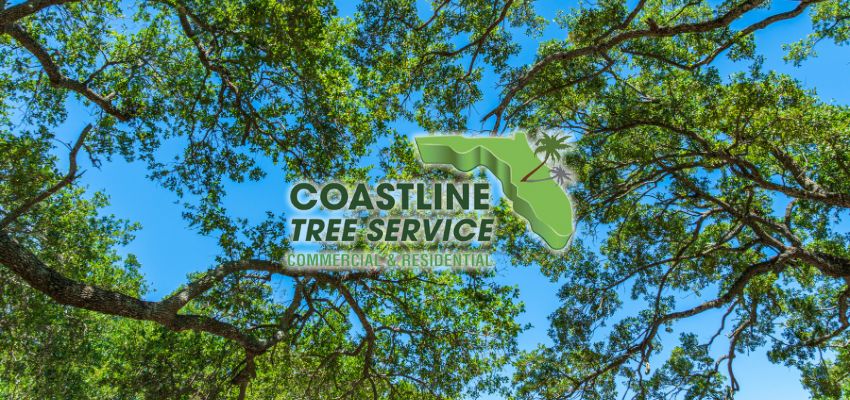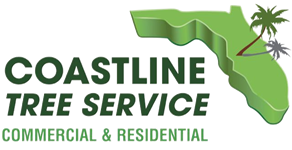
The Majestic Southern Sentinel: Cultivating and Caring for Live Oak (Quercus virginiana) in SW Florida Communities
The Live Oak (Quercus virginiana) stands as a testament to both beauty and resilience. These magnificent trees, with their sprawling canopies and sturdy trunks, evoke images of the Old South, draped in Spanish moss and whispering stories of the past. For any homeowner association (HOA) in Southwest Florida, incorporating these evergreen oaks into the landscape not only enhances the aesthetic appeal but also contributes to the ecological balance of the area.
Growing Strong: The Essentials of Live Oak Care
Cultivating Live Oak in the sandy soils and coastal plains of Southwest Florida requires understanding its natural habitat and needs. Live Oaks thrive in a variety of conditions, from dry sandy woods to moist rich forests, making them versatile additions to any landscape. To ensure a healthy growth, there a few things to consider:
- These trees prefer well-drained soil and full sun to partial shade.
- Regular watering during the initial years aids in establishing a robust root system, although mature trees are remarkably drought-tolerant.
- Pruning is a critical aspect of Live Oak maintenance, aimed at removing dead or diseased wood and shaping the tree for better health and aesthetics. It’s essential to perform pruning during the dormant season to minimize stress on the tree and reduce the risk of disease transmission.
Guardians Against the Elements: Protecting Live Oak from Disease and Pests
Despite their hardiness, Live Oaks are not immune to threats from diseases and insects. Common afflictions include:
-
Oak Wilt (Fungal Disease): Oak wilt is caused by the fungus Bretziella fagacearum and is a serious condition that can lead to rapid decline and death of the tree. It’s characterized by wilting leaves that turn brown from the margins inward. The disease spreads through root grafts between nearby oaks and can also be transmitted by insects. Preventative measures include avoiding pruning during active transmission periods (usually spring and summer) and painting wounds on oaks to prevent infection.
-
Galls: Caused by gall wasps, galls are abnormal growths that can appear on leaves, twigs, and branches. While they’re more of an aesthetic issue than a health threat to the tree, severe infestations can reduce the tree’s vigor. Managing galls involves promoting the overall health of the tree and, in some cases, applying systemic insecticides.
-
Powdery Mildew: This fungal disease is recognizable by white, powdery spots on the leaves. While it rarely kills a tree, it can weaken it by interfering with photosynthesis. Treatment includes applying fungicides and ensuring the tree is well-cared-for to boost its resilience.
-
Leaf Spot Diseases: Various fungi can cause leaf spots, which are generally small, discolored areas on the leaves. Severe infections can lead to premature leaf drop. Managing leaf spot diseases often involves cleaning up fallen leaves to reduce the source of infection and applying fungicides if necessary.
-
Pests (Insects): Besides gall wasps, live oaks can be afflicted by pests such as the oak leafroller and oak moth, which can defoliate trees if infestations are heavy. Healthy trees can usually withstand these pests, but in cases of severe or repeated infestations, treatment with appropriate insecticides may be necessary.
For managing these conditions and maintaining the health of Live Oaks, it’s crucial to have a comprehensive care strategy that includes regular monitoring, proper watering, mulching, and timely pruning. Professional services, such as those provided by our certified arborists from Coastline Tree Service, are invaluable in diagnosing and treating these issues effectively, ensuring that Live Oaks remain a vibrant and enduring part of the landscape.
The Gift of Green: Benefits of Live Oak in Community Landscapes
Incorporating Live Oak trees into the landscapes of HOAs in Southwest Florida offers numerous benefits. Their broad, dense canopies provide:
- Much-needed shade, reducing cooling costs and creating comfortable outdoor spaces for residents.
- Live Oaks also play a vital role in enhancing air quality and supporting local wildlife, offering shelter and food to a variety of birds and insects.
- Moreover, the majestic appearance and enduring nature of Live Oaks add significant value to properties, contributing to the overall appeal and desirability of the community.
Expert Care with Coastline Tree Service
At Coastline Tree Service, our team of certified tree arborists possesses the knowledge and expertise required to maintain and manage Live Oak landscapes effectively. From selecting the ideal planting locations to conducting regular health assessments and tailored care plans, we ensure that your Live Oaks thrive, enhancing the beauty and ecological balance of your community.
Our services include professional pruning, disease and pest management, soil analysis, and irrigation solutions, all designed to promote the health and longevity of these iconic trees.
We proudly serve and offer tree management services in Naples, Marco Island, Bonita Springs, Estero, Fort Myers, Fort Myers Beach, North Fort Myers, Cape Coral, Sanibel & Punta Gorda.
Let Coastline Tree Service help you achieve these goals with our expert care and attention to detail. Together, we can ensure that your neighborhood remains a beautiful, welcoming, and safe place to call home. Contact us today to schedule your tree inspection at: (239) 895-3230 or contact us online at: https://www.coastlinetree.com/contact-us/
